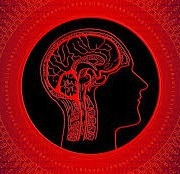
SAP will be a Gold Sponsor at this year’s Esri User Conference in San Diego, CA. We are showcasing our partnership and key solutions across the Intelligent Enterprise, including demos and strategy across these solution areas:

Where: San Diego Convention Center, San Diego, CA
When: July 9-13, 2018
What: Full details are on the event page: https://events.sap.com/us/esri-event/en/home
- Lunchtime session with Matt Zenus, Florida Crystals, and SAP + Esri Spatial Hackathon winner to highlight momentum and customer stories
- Request 1:1 meetings with SAP
- 15-min consults with our Executive Data Chef, Tom Turchioe
- Session: Run ArcGIS 10.6 Enterprise Geodatabase in SAP HANA with Tom Turchioe
- Session: SAP Analytics portfolio and Esri: Analytics strategy update and direction with Adrian Westmoreland
Join us for an evening of networking, cocktails, tacos and a photo booth at the Spatial After Dark Evening Reception. We’re celebrating the remarkable momentum of spatial solutions from SAP and new opportunities to act with live spatial intelligence!
Together we are helping customers and partners create new business models, streamline processes, and jump ahead of competitors. Come to network and party with top experts in the geospatial industry and take home cool swag and giveaway prizes! To join the party, register to attend.
See you in San Diego!

The post Learn how to act with live spatial intelligence at Esri User Conference appeared first on SAP HANA.
source https://blogs.saphana.com/2018/06/29/learn-how-to-act-with-live-spatial-intelligence-at-esri-user-conference/















